COMMERCIAL
Bird Safe Glass
COMMERCIAL
Bird Safe Glass
The Need to Protect Our
Flying Friends
1 Billion
According to the American Bird Conservancy, up to 1 billion birds die from collisions to window glass annually. Fortunately, architects can design commercial buildings with conservation in mind by using bird-safe glass, also known as bird glass.
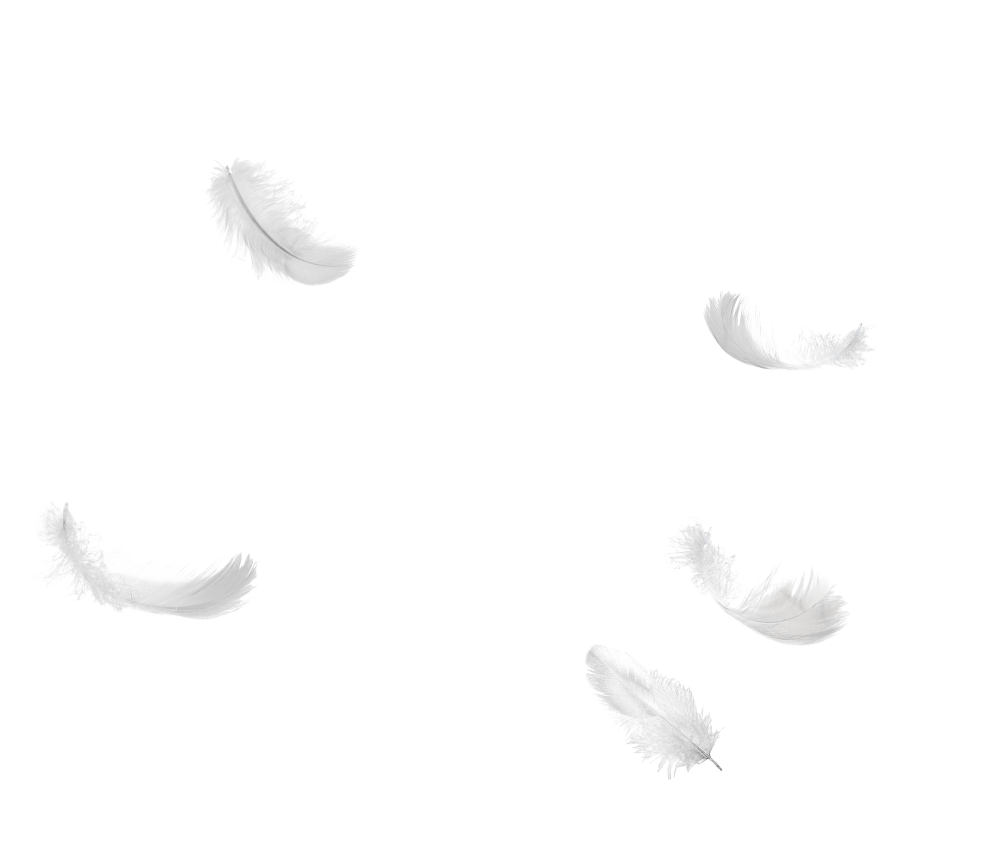
What Is Bird Glass?

Normal Glass
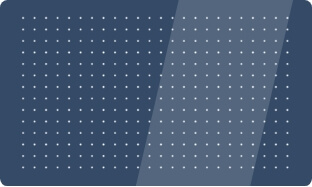
Bird Safe Glass
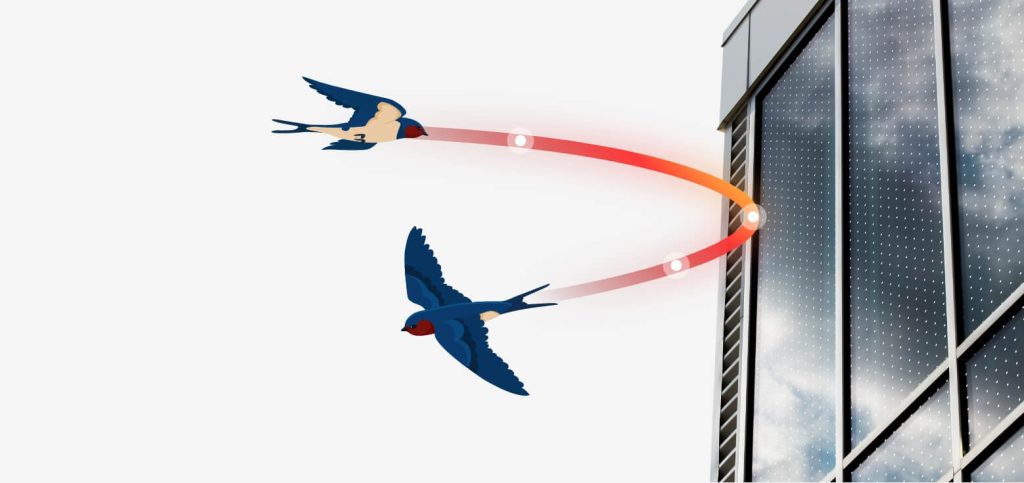
Bird glass is designed to be visible to birds to prevent collisions. It includes special markers that birds can see, reducing the risk of harm. Quaker Commercial is at the forefront of this technology, offering a variety of bird-safe glass options for windows.
Quaker’s Bird
Glass Meets
Regulatory
Codes
In the United States, while there isn’t a federal regulatory regime specifically for bird-safe glass, various cities and states have implemented their own regulations to address the issue of bird collisions with buildings. These local regulations are designed to protect bird populations by requiring certain standards for glass used in new construction and, in some cases, renovations.
To demonstrate a measurable baseline to compare bird-safe glass options, Quaker uses the New York City’s Local Law 15 (NYC LL15). NYC LL15 introduces the concept of a Threat Factor (TF) to measure the risk of bird collisions with buildings. The Threat Factor is a numerical score that reflects the potential of a facade material, such as glass, to cause bird strikes. The lower the TF, the lower the risk of bird collisions.
NYC LL15 guidance on building design and construction requires that the maximum allowed Threat Factor (TF) for bird-friendly materials is 25. Rest assured that the TF of Quaker’s Commercial bird glass options are lower than the maximum of 25, exceeding the requirement.
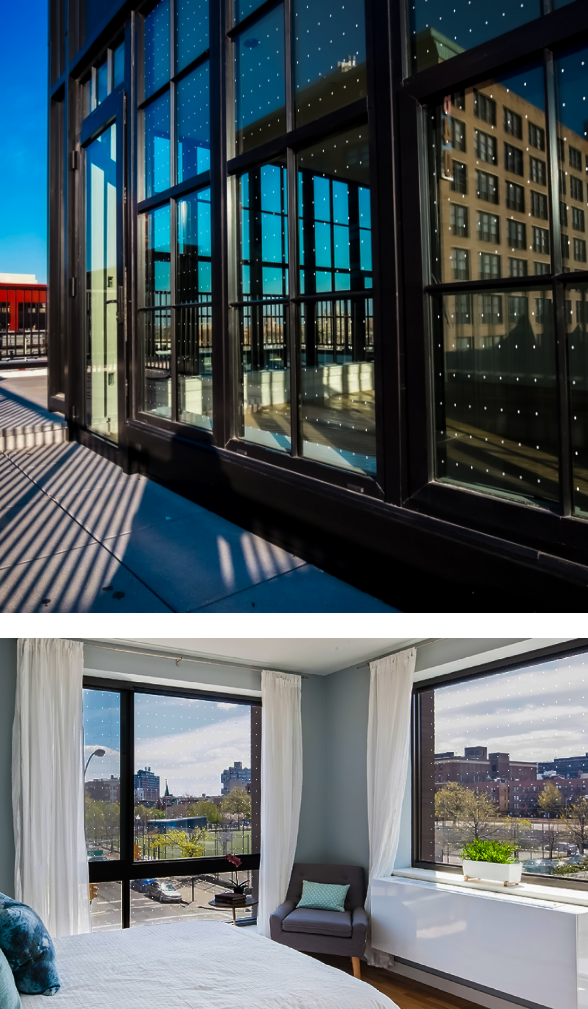
Quaker’s Bird-Safe
Glass Options
TECGLASS
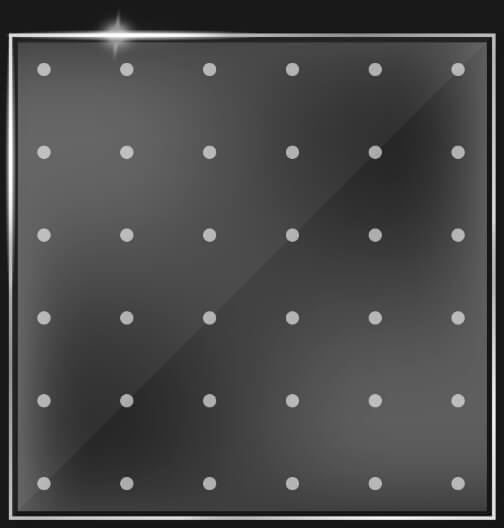
20
Threat Factor
- 12.5 mm Dots - 1/4”
- Pattern On #1 Surface
- Low-E Coating On #3 Surface
- Color: White
TECGLASS
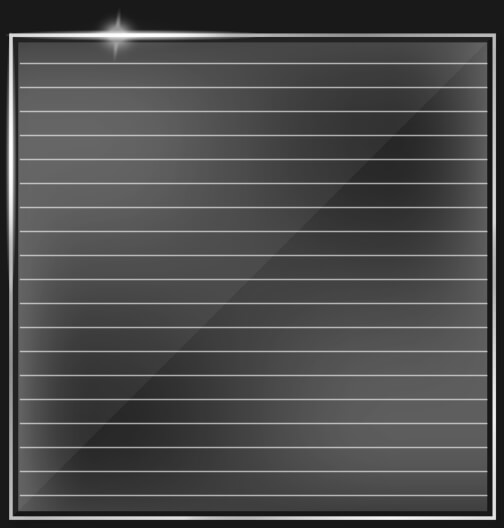
20
Threat Factor
- 5 mm White Horz Lines - 1/4”
- Pattern On #1 Surface
- Low-E Coating On #3 Surface
- Color: White
AviProtek Pattern 217
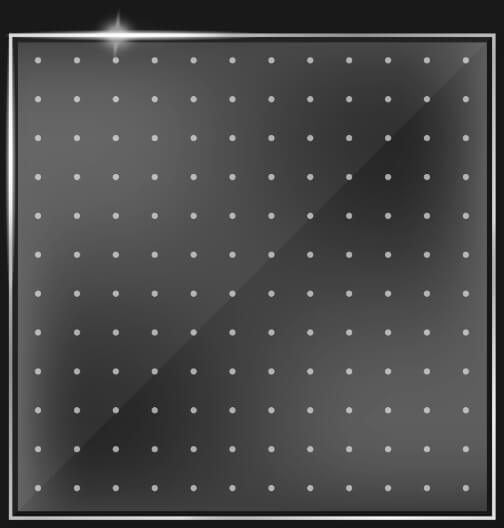
15
Threat Factor
- 5 mm White Horz Lines - 1/4”
- Pattern On #1 Surface
- Low-E Coating On #3 Surface
- Color: White
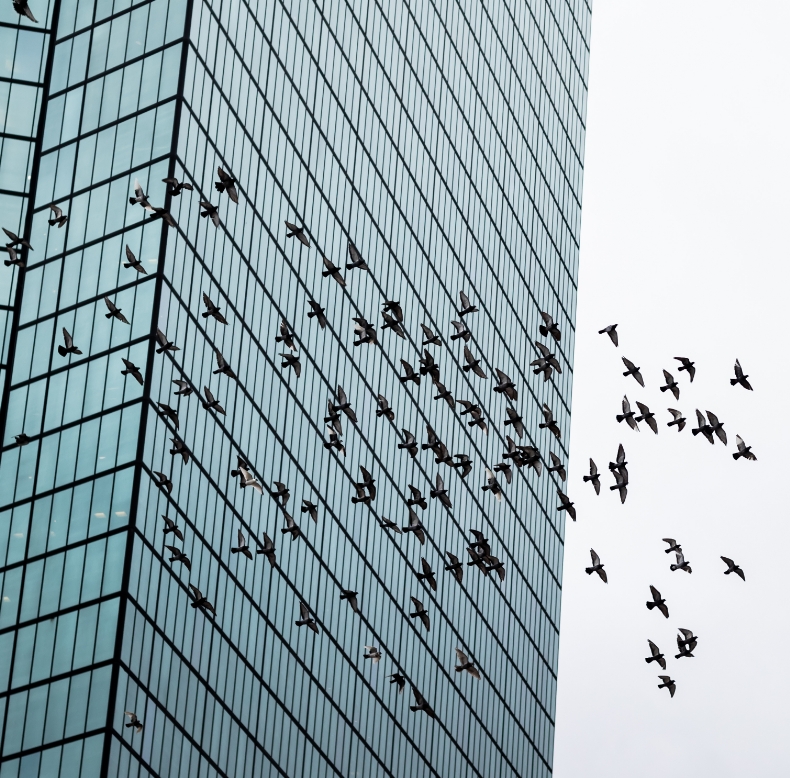
Bird Glass
Does Not
Need to Be Ugly
Some might assume that incorporating bird-safe features into glass design compromises aesthetic appeal, but this is a misconception.
Bird glass seamlessly integrates into the architectural vision without detracting from the building’s appearance. The patterns used to make the glass visible to birds are subtle and artistic, enhancing the facade rather than diminishing it. As a result, architects and designers do not have to choose between beauty and functionality; with Quaker’s bird glass, they can achieve both.
Benefits of
Bird Glass
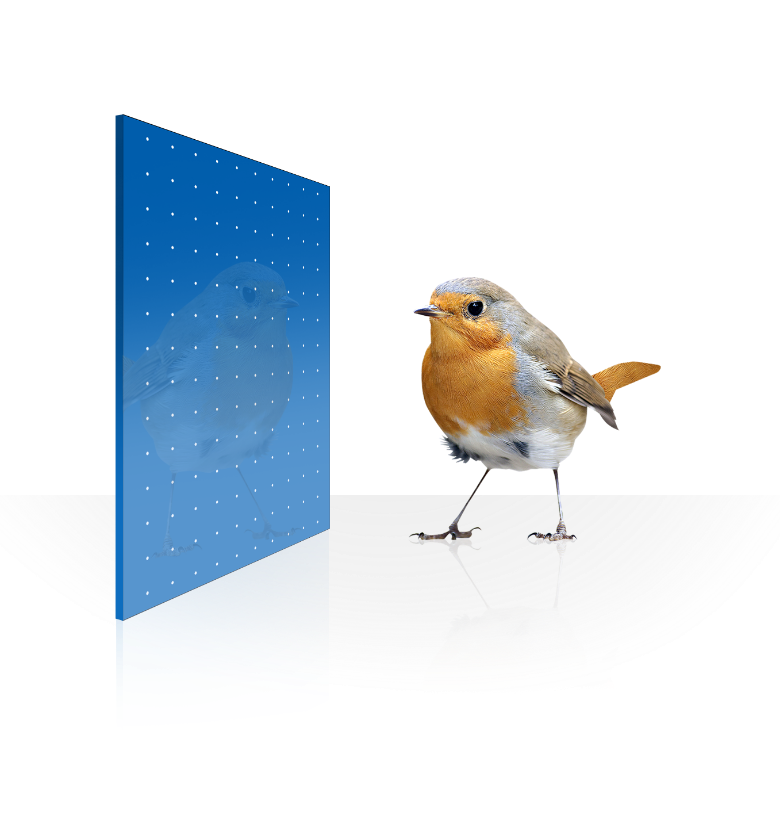
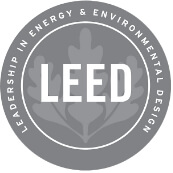
LEED Certification Points
On a nationwide scale, the US Green Building Council’s Leadership in Energy and Environmental Design (LEED) has added Bird Collision Deterrence as part of its credit system. Go to www.usgbc.org to learn more.


Energy Efficiency
Bird-safe glass can be made in double or triple-pane IG configurations with our special Low-E coating packages, improving a building’s energy efficiency and reducing heating and cooling costs.

Compliance with Regulations
There are already many areas of the United States where Bird-Friendly Glass is a mandatory part of local building codes and ordinances. Those include New York City, several cities in California, Washington DC, Portland, OR, Madison, WI, the state of Minnesota and more. Others are following suit. Check your local codes to see if your project’s facade will need to implement a bird-friendly design soon as well.

Improved Occupant Wellbeing
Using bird glass reduces the risk of bird collisions, which can be distressing for people inside the building. It’s a simple way to enhance the comfort and wellbeing of occupants.

Positive Public Relations
Choosing bird-safe glass shows a commitment to environmental conservation, which can improve a company’s public image and appeal to environmentally conscious customers and partners.
Quaker Product Series with Bird Glass Options
Quaker Commercial takes pride in its comprehensive range of products embodying bird-safe technology. All our Commercial series are designed with the dual goals of architectural beauty and environmental stewardship, ensuring that every project contributes to a safer, more sustainable environment for birds.
Frequently Asked Questions
About Bird-Safe Glass
Choosing bird-safe glass is a commitment to biodiversity, energy efficiency, and sustainable design. It’s a choice that reflects foresight, responsibility, and a deep respect for our natural world.
By integrating visual markers and treatments that are perceptible to birds, bird-safe glass significantly reduces the likelihood of avian collisions, offering a safe passage through urban landscapes.
Yes, the markers on bird glass are designed to be visible under various lighting conditions, providing consistent protection for birds.
Absolutely. Bird-safe glass can be engineered with energy-efficient coatings and multi-pane configurations, contributing to a building’s thermal performance and reducing energy consumption.
Local building codes and regulations may require the use of bird-safe glass, especially in areas known for high bird populations or migration paths. It’s essential to check with local authorities or a building code consultant to determine if your project falls under these requirements.
Choosing bird-safe glass is a commitment to biodiversity, energy efficiency, and sustainable design. It’s a choice that reflects foresight, responsibility, and a deep respect for our natural world.
By integrating visual markers and treatments that are perceptible to birds, bird-safe glass significantly reduces the likelihood of avian collisions, offering a safe passage through urban landscapes.
Yes, the markers on bird glass are designed to be visible under various lighting conditions, providing consistent protection for birds.
Absolutely. Bird-safe glass can be engineered with energy-efficient coatings and multi-pane configurations, contributing to a building’s thermal performance and reducing energy consumption.
Local building codes and regulations may require the use of bird-safe glass, especially in areas known for high bird populations or migration paths. It’s essential to check with local authorities or a building code consultant to determine if your project falls under these requirements.
Learn More about Bird-Safe Glass
Quaker staff are dedicated to helping make your next project soar. Contact us today for more information on how we can help you with your specific project requirements.


